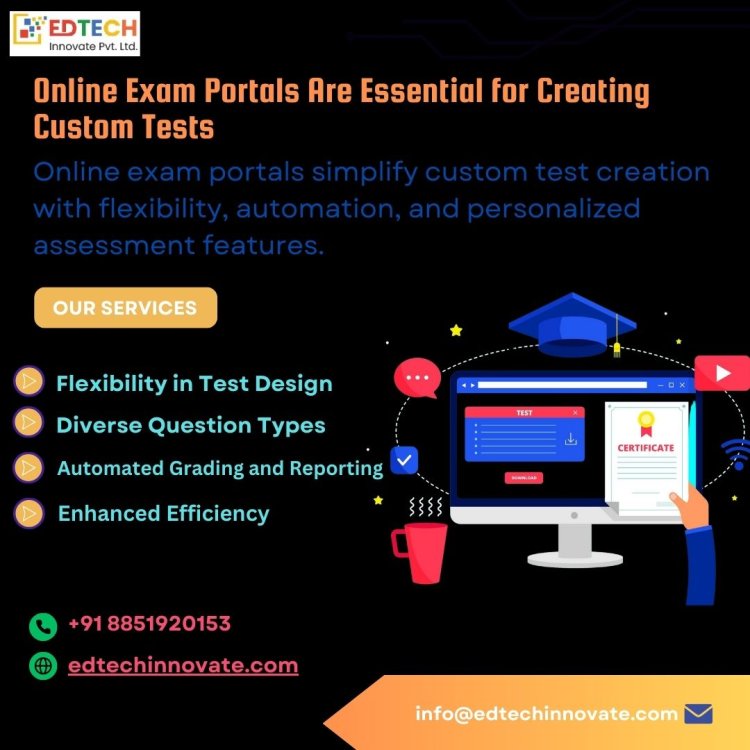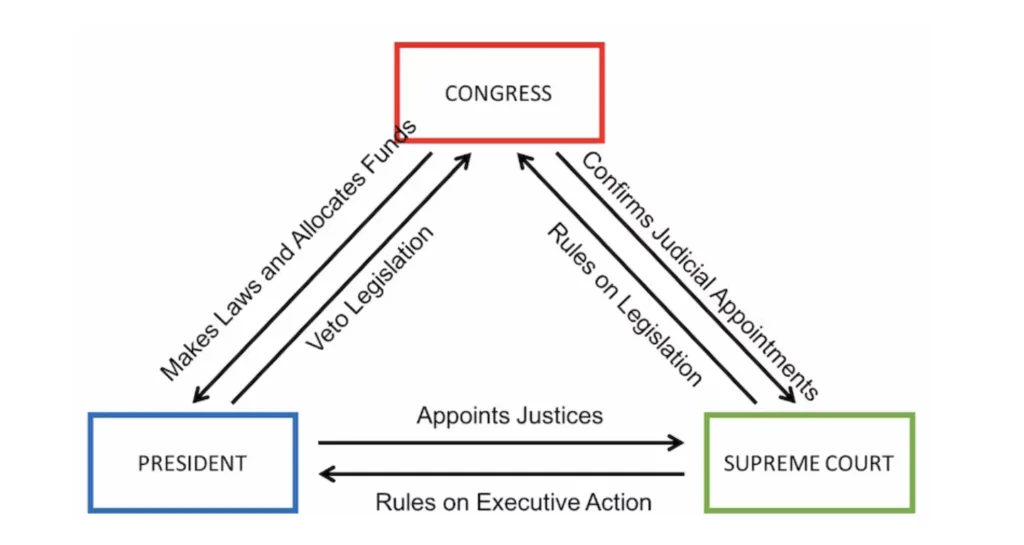Real-Time Collaboration in Online Assessments: The Role of Exam Portals
Explore how online exam portals facilitate real-time collaboration, enhancing learning, teamwork, and assessment of group skills.

In today's interconnected world, collaboration has become a cornerstone of effective learning and assessment. While traditional exams often isolate students, online exam portals are evolving to incorporate features that foster real-time collaboration, enhancing the learning experience and providing valuable insights into students' collaborative abilities. This article explores how online exam portals can support real-time collaboration and the benefits it offers.
I. Defining Real-Time Collaboration in Online Assessments
Real-time collaboration in the context of online exams goes beyond simply allowing students to access the same exam simultaneously. It involves enabling students to interact, communicate, and work together on specific tasks or questions within a defined timeframe. This can include:
- Shared workspaces: Virtual environments where students can view, edit, and contribute to shared documents or projects related to the exam.
- Integrated communication tools: Features like chat, video conferencing, or shared whiteboards that allow students to communicate and discuss ideas in real-time.
- Co-creation of content: Opportunities for students to collaboratively develop answers, solve problems, or create presentations as part of the assessment.
II. Features Enabling Real-Time Collaboration in Online Exam Portals
Several key features within online exam portal facilitate real-time collaboration:
A. Group-Based Assessments
- Team Formation: The portal allows students to form groups or be assigned to groups by the instructor.
- Shared Access: Groups have shared access to specific sections of the exam or designated collaborative tasks.
- Individual Contributions Tracking: The system tracks individual student contributions within the group activity, ensuring accountability and providing insights into individual performance within a collaborative setting.
B. Integrated Communication Tools
- Text Chat: A built-in chat function allows students to communicate quickly and efficiently within their groups.
- Video Conferencing: Integration with video conferencing platforms enables face-to-face interaction and more dynamic discussions.
- Shared Whiteboards: Virtual whiteboards provide a space for brainstorming, visual problem-solving, and shared note-taking.
C. Collaborative Document Editing
- Real-time Co-editing: Students can simultaneously edit shared documents, allowing for collaborative writing, problem-solving, and project development.
- Version Control: The system tracks changes made by each student, ensuring transparency and accountability.
- Integration with Cloud Storage: Integration with cloud storage services facilitates seamless file sharing and collaboration.
III. Benefits of Real-Time Collaboration in Online Assessments
Implementing real-time collaboration in online assessments offers several significant benefits:
A. Enhanced Learning Outcomes
Deeper Understanding: Collaborative problem-solving and discussion lead to a deeper understanding of the subject matter.
- Development of Collaborative Skills: Students develop crucial teamwork, communication, and negotiation skills.
- Increased Engagement: Collaborative activities can increase student engagement and motivation.
B. Improved Assessment of Collaborative Abilities
- Direct Observation: Instructors can observe students' collaborative processes and assess their teamwork skills directly.
- Individual Contribution Tracking: The system provides data on individual contributions, allowing for a more nuanced assessment of individual performance within a group.
- Development of 21st-Century Skills: Real-time collaboration fosters the development of essential 21st-century skills, such as communication, collaboration, critical thinking, and problem-solving.
C. Fostering a Sense of Community
- Increased Interaction: Collaborative activities encourage interaction and communication among students, fostering a sense of community within the online learning environment.
- Peer Learning: Students learn from each other through collaborative discussions and problem-solving.
IV. Challenges and Considerations
While real-time collaboration offers numerous benefits, it's important to consider potential challenges:
- Technical Requirements: Reliable internet access and compatible devices are essential for seamless collaboration.
- Coordination and Scheduling: Coordinating schedules and ensuring all group members are available simultaneously can be challenging.
- Group Dynamics: Managing group dynamics and addressing potential conflicts requires careful planning and facilitation.
Conclusion
Benefits of online examination system are evolving beyond traditional testing methods to embrace real-time collaboration. By integrating features that support group work, communication, and co-creation, these platforms can enhance learning outcomes, provide valuable insights into students' collaborative abilities, and foster a more engaging and interactive learning environment. Addressing the associated challenges through careful planning and will unlock the full potential of real-time collaboration in online assessments.
What's Your Reaction?





















